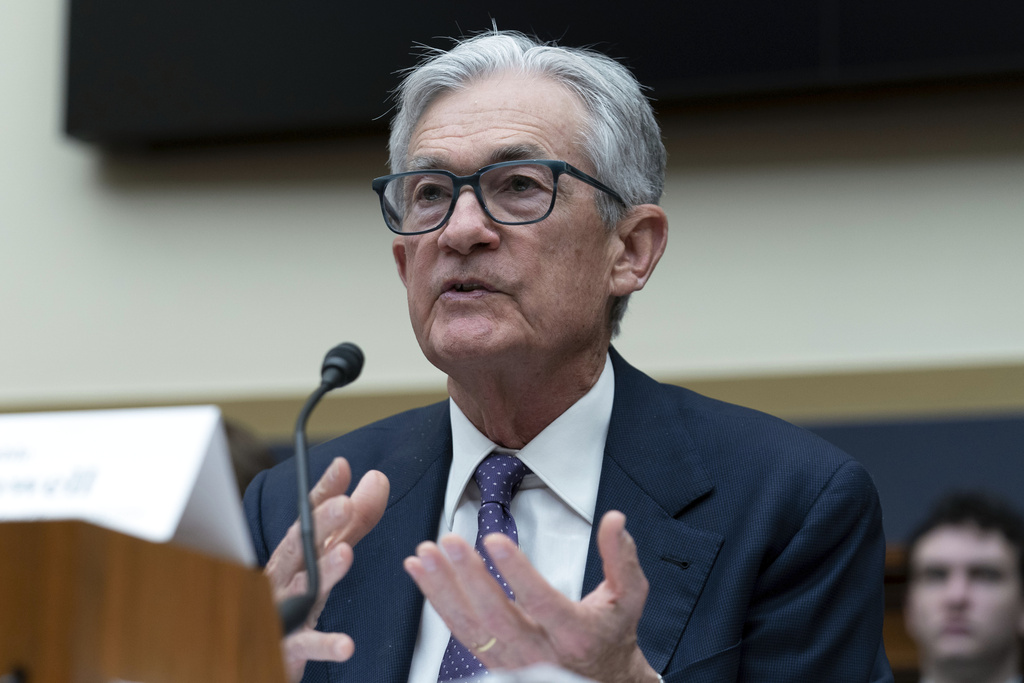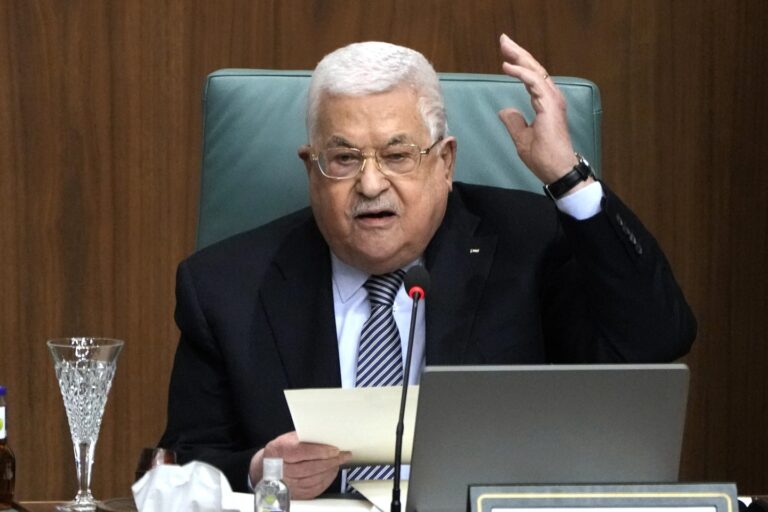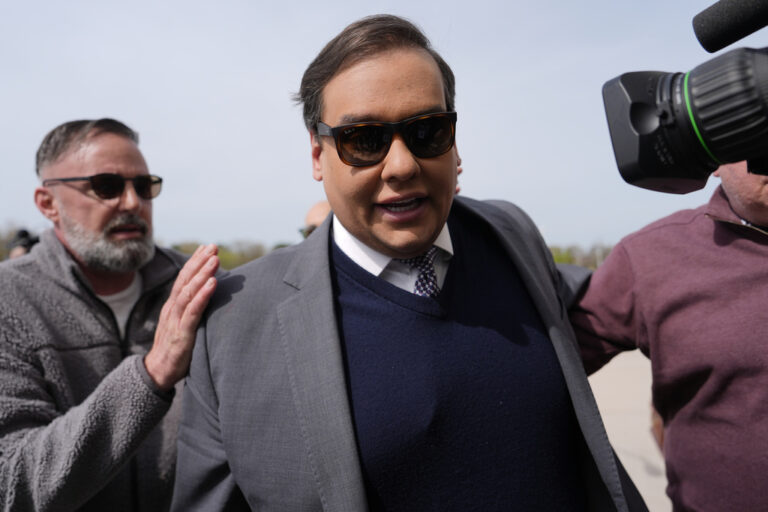Federal Reserve officials at a meeting last month pointed to rising risks that inflation could worsen, a key reason they kept their benchmark interest rate unchanged.
According to minutes of the Jan. 28-29 meeting, which were released Wednesday, Fed officials said that President Donald Trump’s proposed tariffs and mass deportations of migrants, as well as strong consumer spending, were factors that could push inflation higher this year.
The Fed’s 19 officials who participate in its interest-rate decisions indicated that “they would want to see further progress on inflation before making” any further cuts. They kept the Fed’s key rate at 4.3%, after cutting it from a two-decade high of 5.3% late last year. The Fed’s pause makes it less likely that borrowing costs for consumers, including for mortgages, auto loans, and credit cards, will decline anytime soon.
Yet just last week, the government released data that suggested inflation was actually getting worse, leading many economists to forecast just one — if any — rate cut this year. Consumer prices rose 3% in January from a year ago, the Labor Department said, up from a 3 1/2 year low of 2.4% last September. The Fed, however, more closely follows a separate inflation measure that is shows inflation is closer to 2.5%.
The minutes also cited a “high degree of uncertainty” surrounding the economy, which made it appropriate for the Fed to “take a careful approach” in considering any further changes to its key interest rate.
All of the Fed’s policymakers supported keeping its key rate unchanged last month, the minutes said. The unanimity comes after signs of a growing disagreement in recent months between those officials who supported further rate reductions and those more worried about stubborn inflation.
(AP)











